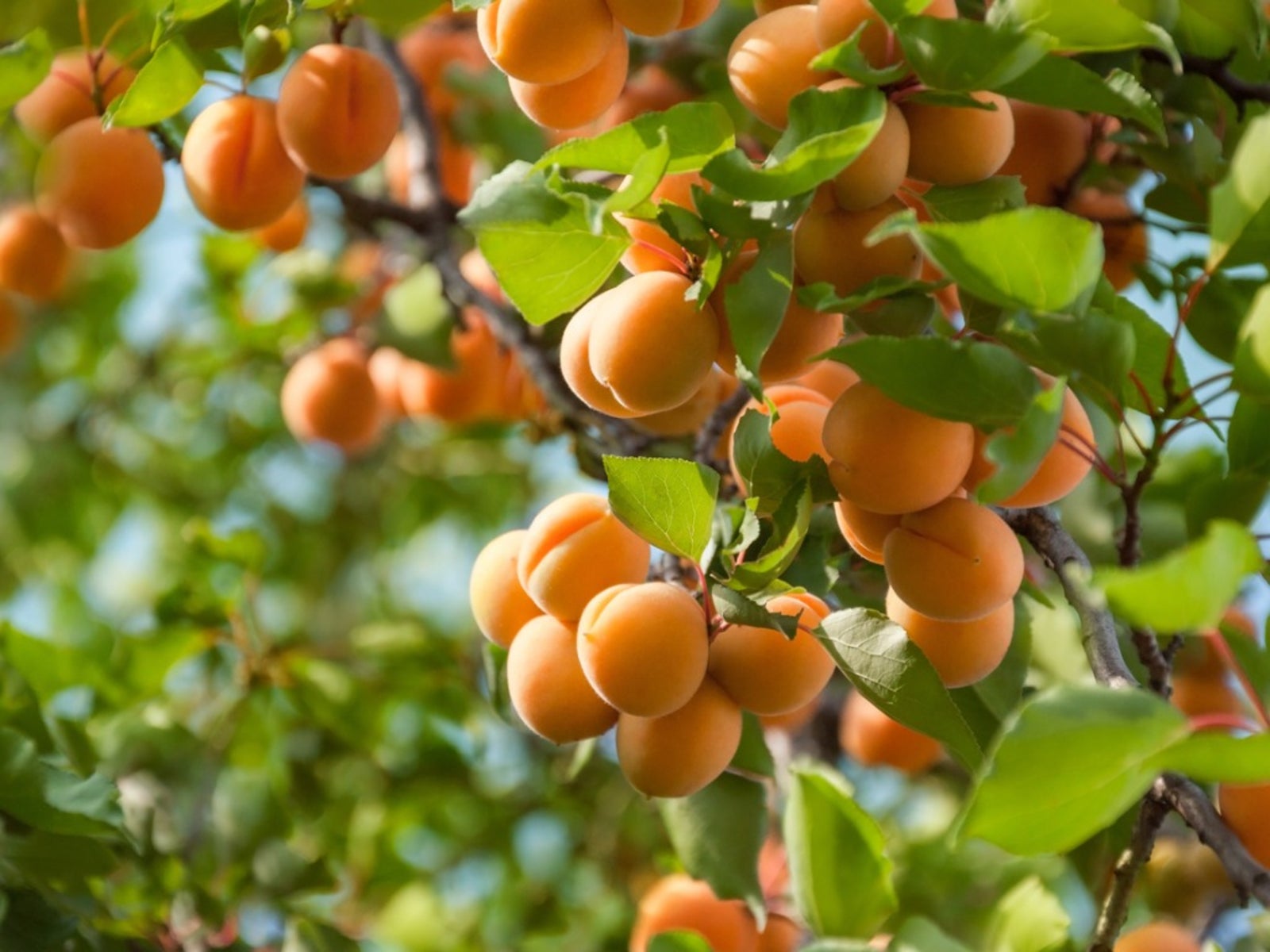Apricot Tree Problems: Tips For Controlling Insects On Apricots


There's nothing like eating a fresh, ripe apricot straight from the tree. Gardeners invest years in bringing this pivotal moment to fruition, nurturing their apricot trees and fighting off the diseases and pests that can hamper their apricot-growing efforts. There are many types of pests on apricot trees, but most can be controlled without using potentially dangerous insecticides. Let's take a look at some common apricot tree insects and how to treat them.
Pests on Apricot Trees
Below are some of the most common insects that cause apricot tree problems.
Sap-Feeding Insects
An important keystone to successful apricot tree bug control is recognizing the sap-feeding insects, an overwhelmingly common group of pests. These insects hide on the undersides of leaves or disguise themselves as waxy, cottony, or wooly bumps on stems, shoots, and twigs while feeding directly on plant juices. Aphids, mealybugs, and a variety of scale insects are some of the most common apricot tree insects, but you may see signs of their feeding like yellowing and dropping leaves, sticky honeydew on leaves, or ants on your trees long before you notice sap-feeding pests. Weekly sprays of horticultural oil and neem oil work well for all of these slow-moving or immobile pests or you can use insecticidal soap against aphids and mealybugs.
Mites
Mites are tiny, sap-feeding arachnids that are difficult to see with the naked eye. Unlike sap-feeding insects, they don't produce honeydew, but may weave thin strands of silk where they are actively feeding. Mites appear as tiny dots on the undersides of leaves that have become stippled or spotted, or where leaves are dropping prematurely. Eriophyid mites cause unusual swellings where they've been feeding on leaves, twigs, or shoots. You can often prevent apricot tree problems caused by mites by keeping dust levels down, spraying leaves frequently with a water hose during dry weather, and refraining from the use of broad-spectrum insecticides that kill mite predators without controlling mite populations. Where mite colonies are problematic, a few weekly applications of horticultural oil or insecticidal soap will knock them back.
Foliage-Feeding Caterpillars
No discussion about controlling insects on apricots can be complete without at least a mention of the many caterpillars that eat leaves and damage fruits by chewing holes through the peel. Leaf-rolling caterpillars fold apricot leaves over themselves to form distinct, silk-bound nests where they feed from the inside. As leafrollers grow, they expand their nests, sometimes incorporating flowers or fruits. Other foliage-feeding caterpillars remain exposed, but hidden in the canopy while they feed. Bacillus thuringiensis, commonly known as Bt, is considered the best control for widespread caterpillar outbreaks. This bacteria-derived stomach poison is short-lived on leaves, so must be reapplied every two or three days until all caterpillar eggs have hatched and larvae have had an opportunity to feed. Small caterpillar populations should be picked off of trees.
Borers
The larvae of a few beetles and moths become severe pests on apricot trees when they bore into trunks, twigs, and branches to feed on the sapwood that grows just below the bark layer. Large populations of tunneling larvae may eventually girdle trees, interrupting the flow of nutrients to branches and leaves where growth and photosynthesis take place. Without the ability to process the raw materials drawn up from the roots, trees become stunted, stressed, or die depending on the location of the girdling. Borers are among the most difficult to control of apricot tree insects because they spend much of their lives inside the tree itself. Pruning out infested limbs in the winter and destroying them immediately can break the life cycle of borers that are not infesting the trunk. Otherwise, good support for your tree in the form of proper watering and fertilizing is often the only thing you can do to prevent further penetration by larvae- adult borers only lay eggs on severely stressed, injured, or sunburned trees.
Sign up for the Gardening Know How newsletter today and receive a free copy of our e-book "How to Grow Delicious Tomatoes".

Kristi Waterworth was a regular contributor to Gardening Know How for many years, answering countless queries on plant pests and diseases.